
"Death and the Lady" is the title of an old English folk ballad by J. Deacon between 1683 and 1700, which was published in 1906 by "City People", a British newspaper. It was the basis for a vaudeville show Ziegfeld Follies-inspired "Grand Guignol", showing card games and alcohol. Photos of Joseph Hall, a photographer from Brooklyn, also famous for his photographs of theater and sports. You can also read the ballad
HERE with more photos of the Ziegfeld's show by Joseph Hall.

DEATH
'Fair Lady, throw those costly robes aside,
No longer may you glory in your pride;
Take leave of all your carnal vain delight,
I'm come to summon you away this night.'
LADY
'What bold attempt is this? Pray let me know
From whence you come, and whither I must go.
Shall I, who am a lady, stoop or bow
To such a pale-faced visage? Who art thou?'
DEATH
'Do you not know me? I will tell you then:
I am he that conquers all the sons of men,
No pitch of honour from my dart is free,
My name is Death! Have you not heard of me?'
LADY
'Yes; I have heard of thee, time after time;
But, being in the glory of my prime,
I did not think you would have come so soon;
Why must my morning sun go down at noon?'
DEATH
'Talk not of noon! you may as well be mute;
There is no time at all for vain dispute,
Your riches, gold, and garments,jewels bright,
Your house, and land, must on new owners light.'

LADY
'My heart is cold; it trembles at such news!
Here's bags of gold, if you will me excuse
And seize on those; and finish thou their strife,
Who wretched are, and weary of their life.
Are there not many bound in prison strong
In bitter grief? and souls that languish long,
Who could but find the grave a place of rest
From all their grief; by which they are opprest.
Besides there's many with a hoary head
And palsied joints; from whom all joy is fled
Release thou them whose sorrows are so great,
And spare my life until a later date!'
DEATH
'Though thy vain heart to riches is inclined
Yet thou must die and leave them all behind.
I come to none before their warrant's sealed,
And, when it is, they must submit, and yield.
Though some by age be full of grief and pain,
Till their appointed time they must remain;
I take no bribe, believe me,this is true.
Prepare yourself to go; I'm come for you.'
LADY
'But if, oh! if you could for me obtain
A freedom, and a longer life to reign,
Fain would I stay, if thou my life wouldst spare.
I have a daughter, beautiful and fair,
I wish to see her wed, whom I adore;
Grant me but this, and I will ask no more?'
(The last part of the music must be repeated
to fit the extra line)
DEATH
'This is a slender frivolous excuse!
I have you fast! I will not let you loose!
Leave her to Providence, for you must go
Along with me, whether you will or no!
If Death commands the King to leave his crown
He at my feet must lay his sceptre down;
Then, if to Kings I do not favour give
But cut them off, can you expect to live
Beyond the limits of your time and space?
No! I must send you to another place.'
(The last part of the music must be repeated
to fit the extra line)

LADY
'Ye learned doctors, now exert your skill,
And let not Death on me obtain his will!
Prepare your cordials, let me comfort find,
My gold shall fly like chaff before the wind!'
DEATH
'Forbear to call! that skill will never do;
They are but mortals here as well as you.
I give the fatal wound, my dart is sure,
And far beyond the doctors' skill to cure.
Flow freely you can let your riches fly
To purchase life, rather than yield and die!
But,while you flourished here with all your store,
You would not give one penny to the poor.
Though in God's name they sue to you did make
You would not spare one penny for His sake.
My Lord beheld wherein you did amiss,
And calls you hence, to give account of this!'
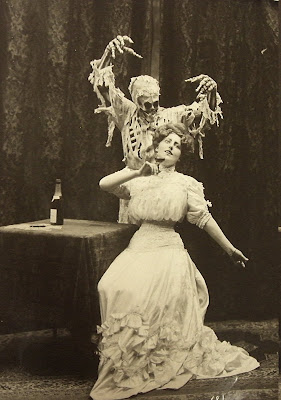
LADY
'Oh! heavy news! must I no longer stay?
How shall I stand at the great Judgement Day?'
Down from her eyes the crystal tears did flow,
She says, 'None knows what I now undergo!
Upon my bed of sorrow here I lie!
My selfish life makes me afraid to die!
My sins are great, and manifold,and foul;
Lord Jesus Christ have mercy on my soul!
Alas! I do deserve a righteous frown!
Yet pardon, Lord, and pour a blessing down!'
Then with a dying sigh her heart did break,
And did the pleasures of this world forsake.
Thus may we see the mighty rise and fall,
For cruel Death shews no respect at all
To those of either high or low degree.
The great submit to Death as well as we.
Though they are gay, their life is but a span,
A lump of clay, so vile a creature's Man!
Then happy they whom God hath made his care,
And die in God, and ever happy are!
The grave's the market place where all must meet
Both rich and poor, as well as small and great;
If life were merchandise, that gold could buy,
The rich would live -- only the poor would die.

 Judson Huss (Yudson Hussey) (1942-2008) was an American-born painter and sculptor of fantastic art. Born in Durham, North Carolina, he later moved with his family to Los Angeles, California where he began to study art. He was also a rock musician, playing guitar and bass with many bands, including Smith (the late 60s band, not Morrisey's Smiths).
Judson Huss (Yudson Hussey) (1942-2008) was an American-born painter and sculptor of fantastic art. Born in Durham, North Carolina, he later moved with his family to Los Angeles, California where he began to study art. He was also a rock musician, playing guitar and bass with many bands, including Smith (the late 60s band, not Morrisey's Smiths).














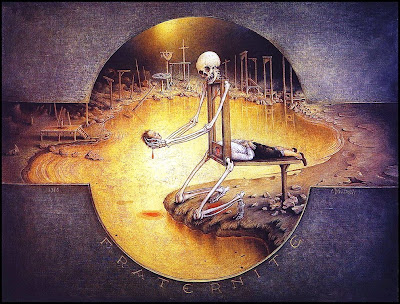
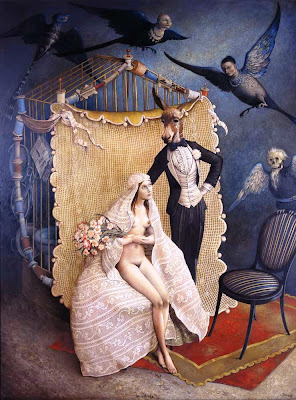




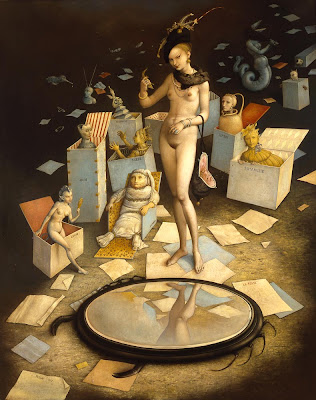










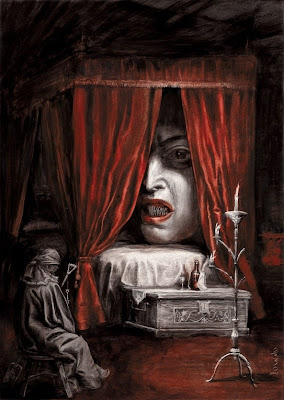








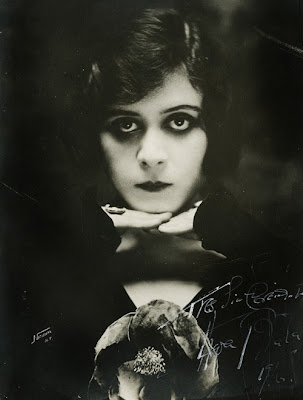























.jpg)



